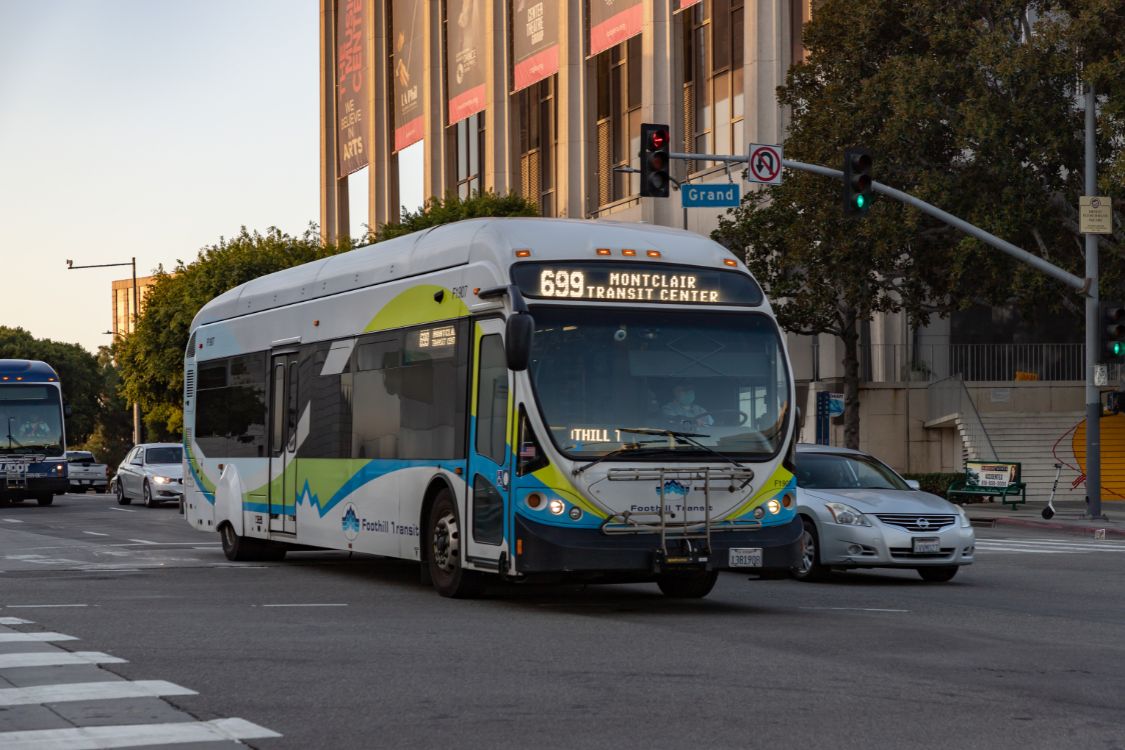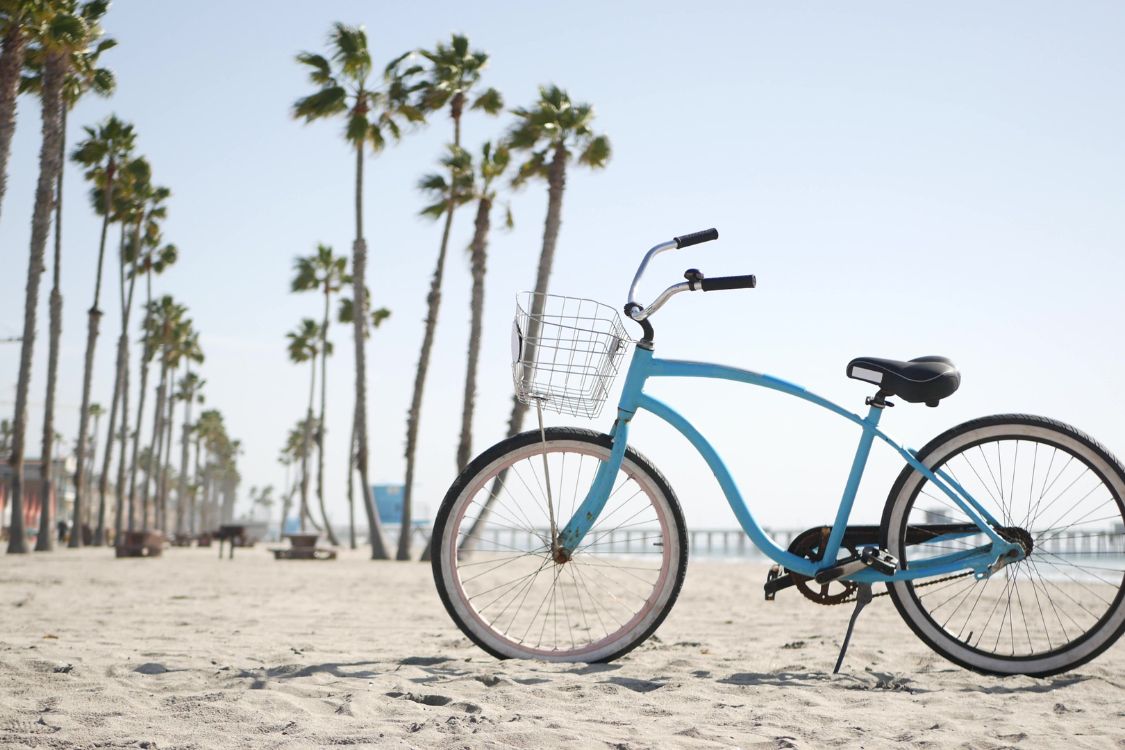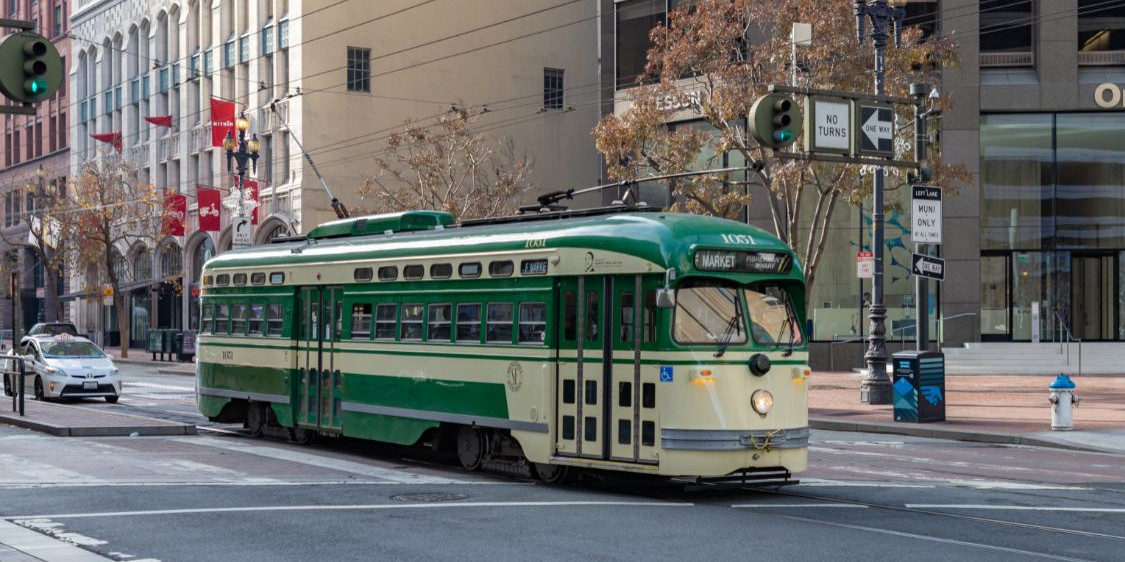Navigating the vast landscape of the United States offers an intricate blend of transportation options that might perplex even the most seasoned traveler. Are you leveraging the best modes of transport to explore this diverse nation? Understanding the array of choices can transform your journey from daunting to delightful. This guide unveils the essential travel tips for getting around in the United States, from public transportation systems to private car rentals, designed to streamline your experience and ensure efficient travel throughout the country. Dive deeper as we dissect each option, ensuring a seamless and informed travel adventure across America.
Table of Contents
ToggleUnderstanding Transportation Options in the United States

Efficient travel across the vast expanse of the United States hinges on understanding the diverse transportation options available. From bustling urban centers to remote rural areas, the transportation landscape is as varied as the country itself. Knowing how to navigate these options is crucial for planning any itinerary, whether for business or leisure, ensuring seamless and stress-free travel experiences.
The U.S. offers a comprehensive range of transportation methods. Domestic flights are a practical choice for long-distance travel, connecting major cities and regions through an extensive network of airports. Airlines like Southwest and JetBlue provide competitive fares, particularly when booked in advance. For those looking to explore at their own pace, car rentals from companies such as Hertz and Avis are widely available, offering flexibility for road trips across the country’s well-maintained highways and scenic byways. Public transportation in major cities includes subways, buses, and light-rail systems, with metropolitan areas like New York City, Chicago, and San Francisco offering extensive networks that facilitate urban travel.
In rural areas, personal vehicles or rental cars are often necessary due to limited public transportation options. Amtrak, the national rail operator, plays a vital role in providing rail travel, especially along the East Coast. It offers a scenic alternative to flying, with routes that showcase America’s diverse landscapes. Long-distance coach services from providers like Greyhound and Megabus present budget-friendly alternatives, equipped with modern amenities such as Wi-Fi and power outlets, making them suitable for travelers seeking cost-effective solutions to explore the nation.
Domestic Flights in the United States
Domestic air travel in the United States provides an efficient means to cover vast distances quickly. The country boasts a large network of airports, ranging from major international hubs like Los Angeles International Airport (LAX) and John F. Kennedy International Airport (JFK) to smaller regional terminals that enhance connectivity. This extensive network ensures that nearly every corner of the country is accessible by air, making it an ideal option for travelers looking to maximize their time.
Low-cost carriers such as Southwest Airlines and JetBlue Airways offer affordable alternatives to traditional airlines. To secure the best fares, travelers are advised to book flights well in advance. These airlines often release their lowest fares months ahead of departure dates, and flexibility with travel dates can result in significant savings. Additionally, signing up for fare alerts and airline newsletters can provide updates on sales and special offers, enabling travelers to take advantage of discounts.
- Summer (June to August): High demand leads to increased prices and reduced availability.
- Thanksgiving (late November): A popular travel period with higher fares and limited seats.
- Christmas and New Year’s (late December to early January): Expect higher costs and crowded flights.
- Spring Break (March to April): Prices rise as students and families travel.
Road Travel: Highways, Car Rentals, and Road Trips
Road travel in the United States offers unparalleled freedom and flexibility, making it an attractive option for both domestic and international travelers. The country is crisscrossed by an extensive network of interstate highways that facilitate efficient travel between states. These highways are well-maintained, providing a smooth driving experience across vast distances. Beyond the major routes, the U.S. boasts a plethora of scenic byways, allowing travelers to explore breathtaking landscapes and quaint towns at their leisure. This combination of infrastructure supports diverse travel plans, from quick interstate hops to leisurely cross-country journeys.
Renting a car is a straightforward process, with numerous options available to suit different needs and budgets. Major rental companies such as Hertz, Avis, and Enterprise operate widely across the country, including at airports and in urban centers. Rates typically start at $35–40 per day for compact vehicles. However, prices can vary based on location, vehicle type, and rental duration. It’s important to note that drivers must be at least 21 years old to rent a car in most states, and those under 25 may incur additional surcharges. Planning and booking in advance can help secure better rates and vehicle availability.
- Pacific Coast Highway (California): Offers stunning coastal views from San Francisco to Los Angeles.
- Blue Ridge Parkway (Virginia and North Carolina): Known for its sweeping mountain vistas and vibrant foliage.
- Route 66 (Chicago to Los Angeles): A historic route offering a nostalgic journey through Americana.
- Great River Road (Minnesota to Louisiana): Follows the Mississippi River, showcasing diverse landscapes and cultural landmarks.
- Overseas Highway (Florida): Connects the Florida Keys, providing a unique drive over turquoise waters.
Successful road trip planning involves more than just choosing a destination. Travelers should consider fuel costs, as prices can fluctuate significantly between regions. It’s advisable to monitor regional fuel prices and plan stops accordingly to optimize costs. Travel insurance is another important consideration, offering protection against unforeseen events like breakdowns or accidents. Ensuring coverage for rental vehicles can provide peace of mind, especially on longer trips. Planning routes ahead of time, including rest stops and accommodation, can also enhance the travel experience by minimizing stress and allowing for spontaneous detours to interesting locations along the way.
Navigating Public Transportation in U.S. Cities

Public transportation in the United States is a practical option for getting around major metropolitan areas. Cities like New York, Chicago, and San Francisco offer comprehensive networks of subways, buses, and light-rail systems. These networks are designed to provide convenient and efficient travel within urban environments, often offering a cost-effective alternative to driving. Public transit can help travelers avoid the congestion and parking challenges typical of busy city centers, making it an attractive choice for daily commutes and leisure travel.
Subway systems are a cornerstone of public transportation in several key U.S. cities. The New York City Subway is the most extensive in the country, with numerous lines connecting the boroughs and providing 24/7 service. Chicago’s “L” system also offers broad coverage with elevated and underground routes that traverse the city. Similarly, San Francisco’s Bay Area Rapid Transit (BART) connects the city with surrounding areas, offering a reliable means of travel. Washington, D.C.’s Metro system provides a crucial link between the capital and its suburbs, facilitating access to key landmarks and government institutions.
Travel apps have become indispensable tools for navigating public transportation effectively. These apps offer real-time updates on schedules, delays, and route changes, helping travelers plan their journeys with precision. Popular apps like Transit, Citymapper, and Google Maps provide comprehensive transit information, including step-by-step directions and estimated travel times. By using these apps, travelers can optimize their routes, ensuring timely arrivals and efficient transfers between different modes of public transport.
| City | Subway System | Travel App Recommendation |
|---|---|---|
| New York | New York City Subway | Citymapper |
| Chicago | Chicago “L” | Transit |
| San Francisco | BART | Google Maps |
Exploring the U.S. by Train and Bus
Amtrak train travel offers a scenic and practical way to explore the United States, particularly along the East Coast. What makes Amtrak travel appealing? The answer lies in its ability to provide passengers with breathtaking views of the American landscape combined with the convenience of avoiding airport security lines and congested roads. The routes connecting cities like Boston, New York, and Washington, D.C., are well-served by Amtrak, making travel between these urban centers smooth and efficient. While Amtrak’s coverage is most robust in the eastern U.S., it offers limited but picturesque routes in other regions, such as the California Zephyr, which traverses stunning vistas in the Western states.
When considering bus travel, major lines like Greyhound and Megabus stand out for their affordability and extensive network coverage. Why choose bus travel for getting around? Simply put, buses provide a budget-friendly alternative to trains and flights, often with broader reach into remote areas. These bus services come equipped with modern amenities such as Wi-Fi and power outlets, enhancing the travel experience without breaking the bank. Their extensive routes connect major cities and towns, ensuring that even less frequented areas remain accessible to travelers.
- Northeast Corridor (Amtrak): Connects Boston, New York, and Washington, D.C., with frequent service.
- Megabus (East Coast): Offers routes between major cities like New York, Philadelphia, and Baltimore.
- Greyhound (West Coast): Provides connections from Los Angeles to San Francisco and beyond.
Ride-Sharing and Carpooling Services Across America
Ride-sharing services such as Uber and Lyft have become integral to urban travel across the United States. How popular are these services? They are widely used in cities due to their convenience, offering a flexible alternative to traditional taxis or personal vehicles. With competitive pricing and the ease of booking through mobile apps, these services cater to diverse travel needs, from quick rides to airports to longer city explorations. The ability to track rides in real-time and pay digitally adds to their appeal, making them a preferred choice for many city dwellers and visitors alike.
Carpooling presents a viable alternative for those looking to reduce travel costs and minimize their environmental impact. What are the benefits of carpooling? Carpooling allows multiple passengers to share a ride, splitting costs and lowering fuel consumption. Services like Zipcar offer flexible options, enabling users to rent cars for short periods and share expenses with fellow travelers. This not only decreases individual expenses but also contributes to lower traffic congestion and reduced carbon emissions, aligning with sustainable travel practices.
- Uber: Ideal for quick and convenient urban travel.
- Lyft: Offers similar services with additional options for ride-sharing.
- Zipcar: Provides car rental by the hour, suitable for carpooling and short trips.
Cycling and Walking: Eco-Friendly Ways to Explore

What makes biking an attractive option in American cities? Biking offers a sustainable and efficient mode of transport, especially in states like Oregon and Colorado, where cycling culture thrives. Many cities have embraced this trend by implementing bike-share programs, providing accessible and affordable alternatives for short commutes and leisurely rides. These systems, such as Citi Bike in New York City and Bay Wheels in San Francisco, allow users to pick up and drop off bikes at various docking stations, facilitating easy movement across urban landscapes without the need for personal vehicles.
Why are walking tours popular in American cities? Walking tours offer a unique opportunity to explore urban environments while gaining cultural insights. Available in prominent cities like New York and San Francisco, these tours guide participants through historical neighborhoods, architectural landmarks, and local hotspots, providing an immersive experience unattainable through other forms of transportation. Walking not only supports sustainable travel by reducing carbon footprints but also encourages a deeper connection with the city’s environment and community.
- Portland, Oregon: Known for its extensive bike lanes and friendly cycling environment.
- Boulder, Colorado: Offers an excellent network of bike paths and scenic walking trails.
- San Francisco, California: Features robust cycling infrastructure and diverse walking tour options.
Final Words
Navigating the United States offers diverse options, from domestic flights to extensive road networks and public transportation. Understanding these choices enables efficient travel, whether through regional airports, car rentals, or public transit systems.
Domestic air travel remains a preferred option for long distances, while road trips on interstate highways provide flexibility and leisure opportunities. In cities, ride-sharing and public transit offer convenient alternatives.
Meanwhile, Amtrak and major bus lines connect various regions, complementing ride-sharing and eco-friendly cycling initiatives. Whether visiting bustling metropolises or exploring scenic byways, getting around in the United States is enriched with options to suit every traveler’s needs.
FAQ
What is the best way to get around in the USA?
The best way to get around in the USA depends on travel needs. Domestic flights are ideal for long distances, while car rentals and highways are excellent for road trips. Public transportation is convenient in major cities.
What is the cheapest way to get around the US?
The cheapest way to get around the US often involves using budget-friendly bus services like Greyhound and Megabus, which offer competitive prices with amenities such as Wi-Fi and power outlets on board.
What is the best way to travel within the United States?
Travel within the United States can be optimized using domestic flights for high-speed transit across states, while Amtrak trains offer scenic routes, especially along the East Coast. Bus services provide cost-effective city connections.
What is the cheapest mode of transportation in the US?
The cheapest mode of transportation in the US is typically bus travel, with companies like Megabus and Greyhound offering low-cost tickets for city-to-city travel. These services often include amenities like Wi-Fi and restrooms.
What role does Amtrak play in U.S. transportation?
Amtrak plays a significant role in U.S. transportation by offering commuter and long-distance rail services. It is particularly well-suited for scenic travel, mostly concentrated along the East Coast and urban corridors.
How does public transportation in America compare to Europe?
Public transportation in America is less extensive than in Europe. Major U.S. cities may have robust subway and bus networks, but rural areas and smaller cities often rely more on car travel and less integrated transport options.
What are some recommended routes for train and bus travel?
Recommended routes for train travel include the Amtrak California Zephyr and Coast Starlight. For bus travel, consider popular routes like New York City to Washington, D.C., or Los Angeles to San Francisco with MegaBus and Greyhound.
Hazel Wall is a passionate traveler, writer, and explorer dedicated to sharing her experiences and insights with fellow adventurers. With a background in journalism and a deep love for discovering new cultures, Hazel has journeyed across continents, immersing herself in diverse landscapes and traditions.





